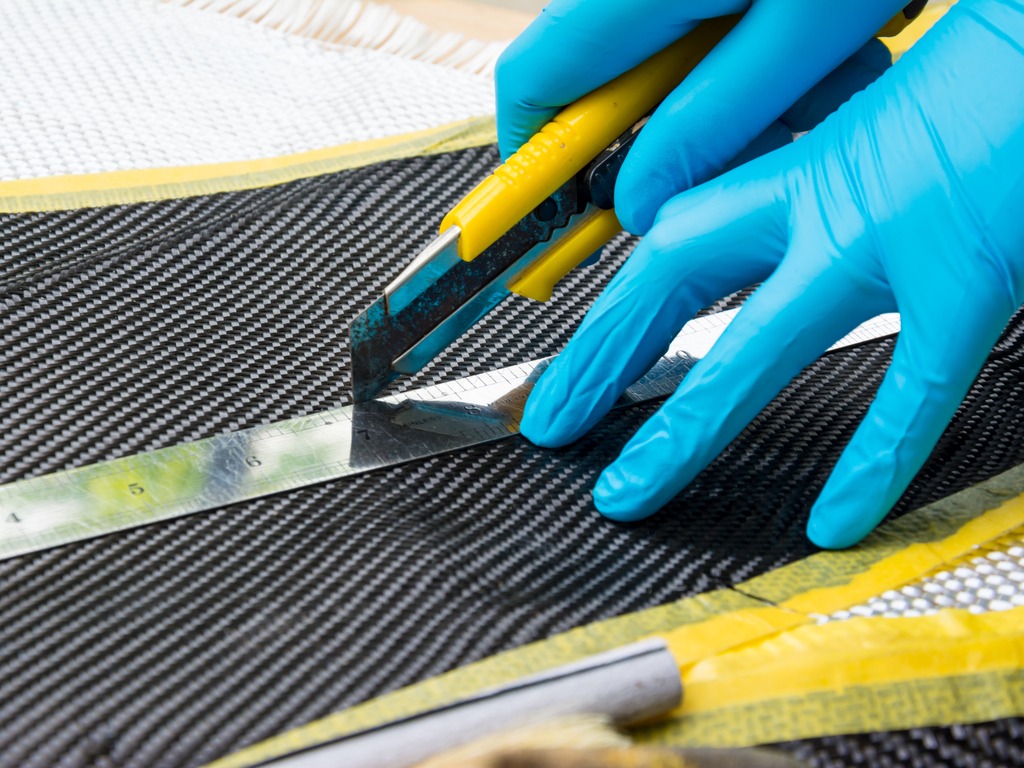
A team of researchers from the Department of Energy’s Pacific Northwest National Laboratory (PNNL), private industry, and academia, have created predictive engineering tools that will help design new carbon fiber composites for vehicles.
Those composites have the potential to be not only a lightweight alternative to modern construction but also economical and more fuel efficient. Under U.S. regulations, the average fuel economy is mandated to meet a 54.5-miles-per-gallon standard–a dramatic increase over the 35.5 mpg required currently.
PNNL and its cohorts have been analyzing the costs of long carbon fiber components when put against the traditional steel and fiberglass composites. In the process, they determined carbon fiber composites could reduce automobile weight by more than 20 percent. While carbon fibers have always been a lighter weight alternative, though, they have thus far been a fairly expensive one. Cost reduction is, therefore, a large part of the PNNL initiative.
Computer modeling has played a big part in that effort. The software currently in use predicts fiber orientation in full 3D. It allows manufacturers to see structural characteristics of proposed composites without needing to commit to constructing molds, molding parts, and physically testing new composites.